Wormhole - Bridging the Fragmented Web3 Landscape
 Rythme Nagrani
Rythme NagraniTable of contents
- Introduction to Web3 and its Fragmented Landscape
- Understanding Wormhole: A Brief Overview
- The Role of Wormhole in Unifying Web3
- How Wormhole Bridges Different Blockchains
- Wormhole Ecosystem Products
- Case Studies: Successful Implementations of Wormhole
- The Impact of Wormhole on Decentralized Finance (DeFi)
- Future Prospects: Wormhole and the Evolution of Web3
- Conclusion
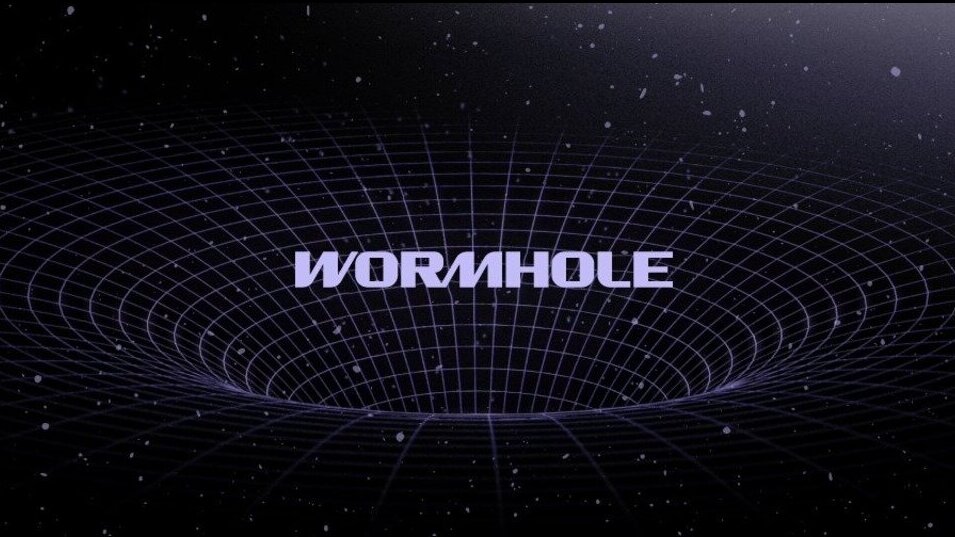
Introduction to Web3 and its Fragmented Landscape
The advent of the internet revolutionized the world, transforming how we communicate, work, and live. The first two iterations, Web1 and Web2, brought about significant changes, but they were not without their limitations. This is where Web3 comes into play, a new paradigm that promises to address these issues and unlock unprecedented potential.
Web3, or the decentralized web, is the third generation of the internet. It leverages blockchain technology to create a decentralized network that eliminates the need for intermediaries. This allows for peer-to-peer interactions, fostering a more open, secure, and inclusive digital space. Web3 has the potential to democratize the internet, giving users control over their data and digital identities. However, the journey towards realizing the full potential of Web3 is not without challenges. One of the most significant hurdles is the fragmented landscape of Web3. The Web3 ecosystem is made up of various blockchains, each with its own unique protocols and standards. These blockchains operate in silos, unable to communicate or interact with each other. This fragmentation hinders the interoperability of applications and services, limiting the scope and reach of Web3.

Let us Imagine a world where information is stored in isolated islands, unable to flow freely. This is the current state of the Web3 landscape. Each blockchain is an island of its own, housing unique applications and assets. While these islands are rich in resources, they are cut off from each other, leading to a disjointed ecosystem. This fragmentation poses a significant challenge to the vision of a unified and interconnected Web3. It restricts the flow of assets and information, stifles innovation, and creates a complex environment for developers and users alike. The lack of interoperability leads to inefficiencies, as identical infrastructures need to be built on each blockchain.
While Web3 holds immense potential, the fragmented landscape poses a significant challenge. The existence of multiple, isolated blockchains hampers the growth and development of the Web3 ecosystem. Addressing this fragmentation is crucial to unlock the true potential of Web3, paving the way for a more open, decentralized, and inclusive digital world. In order to address this challenge, Jump Crypto, which is the building arm of Jump Trading Group, established the Wormhole Foundation. Let us take a deep dive and understand the Wormhole.
Understanding Wormhole: A Brief Overview
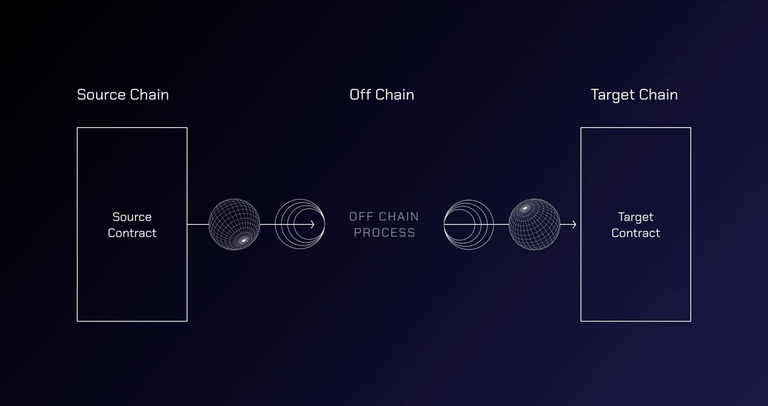
Wormhole protocol, at its core, is designed to bridge the gap between different blockchains, enabling seamless communication and interaction between them. Wormhole is not a blockchain itself, but rather a generic message passing protocol. It provides a means of communication between blockchains or rollups. This simple yet powerful protocol enables developers and users of cross-chain applications to leverage the advantages of multiple ecosystems.
This protocol operates by publishing messages from blockchains that are then signed by a quorum of 19 entities called the Guardians. Each Guardian watches the wormhole-connected blockchains and signs Wormhole events it sees, forming a VAA(Verified Action Approvals), the core primitive of wormhole. This process ensures the secure and efficient transfer of data and assets across different blockchains.
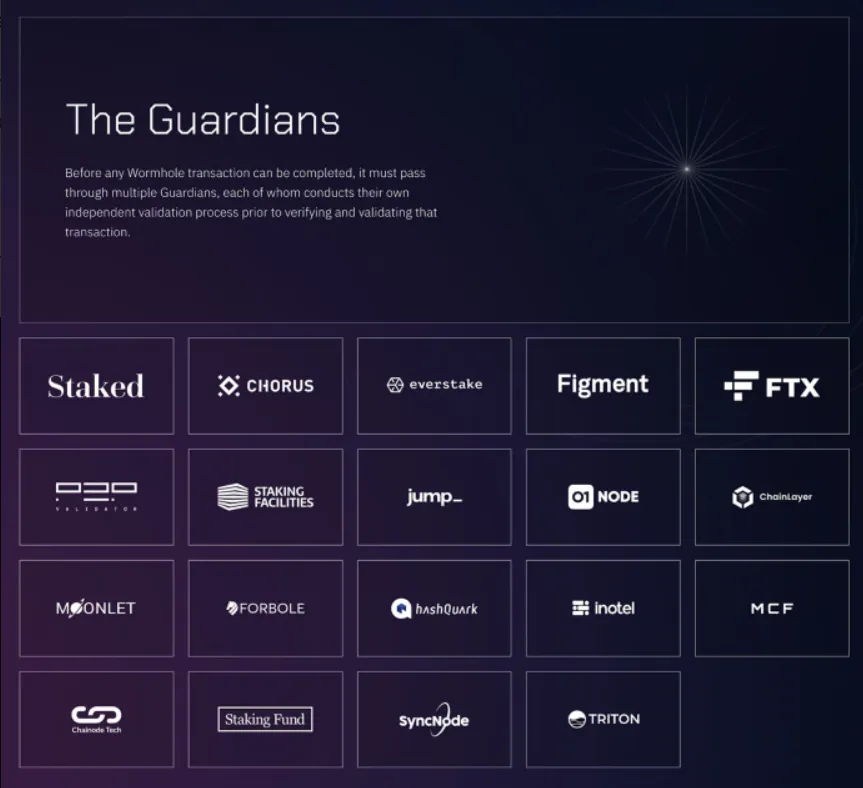
Initially launched in 2021, Wormhole first debuted as a token bridge, allowing the transfer of tokens between blockchains, most notably between Solana and Ethereum. However, its functionality has since expanded, and it now supports a growing number of blockchains, making it a vital component of the Web3 ecosystem. One of the key features of Wormhole is its ability to enable secure cross-chain transfers of tokens or data. This is foundational to Wormhole and forms the basis of its Messaging protocol. It also allows developers to pull any on-chain data to their app on any chain, on-demand. Wormhole can be used for a variety of applications. For instance, it can be used to build an exchange that allows deposits from any Wormhole connected chain, thereby increasing the liquidity users can access. It can also be used to communicate votes cast on disparate chains to a “voting” chain in a cross-chain governance scenario. Furthermore, a game could be built and played on a performant network like Solana, and its rewards issued as NFTs on a different network, for example, Ethereum.
The Role of Wormhole in Unifying Web3
In the rapidly evolving world of blockchain technology, Wormhole has emerged as a key player in unifying the fragmented Web3 landscape. As a decentralized messaging protocol, Wormhole facilitates cross-chain communications across more than 30 blockchains and Layer 2 platforms. This includes every major smart contract–capable network, thereby playing a crucial role in enhancing interoperability among different blockchains. The Web3 landscape is characterized by a multitude of blockchains, each with its unique protocols and standards. This diversity, while fostering innovation, also leads to fragmentation, as these blockchains operate in isolation, unable to communicate or interact with each other. Wormhole addresses this challenge by enabling seamless communication between these disparate blockchains.
Wormhole's role in unifying Web3 is multifaceted. Firstly, it facilitates the transfer of tokens between different blockchains. This is achieved through a process where tokens are locked on one blockchain and corresponding tokens are minted on another. This allows for the free flow of assets across different blockchains, thereby enhancing liquidity and user experience.
Secondly, Wormhole promotes collaboration and expands the reach of decentralized applications (DApps) and decentralized finance (DeFi) services. By bridging the gap between disparate blockchain platforms, Wormhole enables DApps and DeFi services to operate across multiple blockchains, thereby expanding their user base and impact. It also contributes to the growth of Web3 by adding cross-chain tokens and connecting top blockchains like Arbitrum and Solana. This not only enhances the functionality of these blockchains but also fosters a more integrated and collaborative Web3 ecosystem.
Wormhole is investing in the future of Web3 by offering grants to developers who want to create cross-chain features and products. This initiative not only incentivizes innovation but also attracts talent to the Web3 space, thereby driving its growth and development. It plays a pivotal role in unifying the fragmented Web3 landscape. By enabling cross-chain communication and enhancing interoperability among different blockchains, . As we move forward, the role of Wormhole in shaping the future of Web3 is set to become increasingly significant. Its ability to bridge the gap between different blockchains is not just innovative; it's transformative, heralding a new era of interoperability and collaboration in the blockchain space.
How Wormhole Bridges Different Blockchains
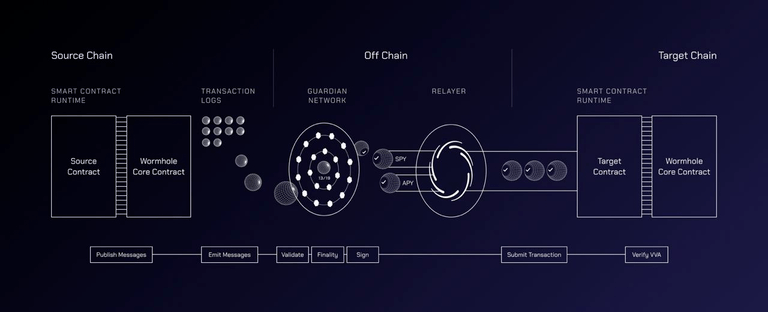
The process begins at the Emitter, any contract that calls the publish message method on the Wormhole Core Contract. This action writes an event to the Transaction Logs, recording details of the emitter that called the method and the sequence number as an identifier. The Core Contract is monitored by a set of validators known as Guardians, which process the message when it is published. When a transaction occurs from one blockchain network to another using Wormhole, the protocol locks the original asset on the source network and issues a corresponding asset on the target network. This ensures the asset’s total supply remains constant across all networks.

Wormhole’s network monitors chains for messages emitted by smart contracts, which it then sends to a target destination, forming a cross-chain bridge. This bridge allows for the secure transfer of arbitrary data between blockchains. Wormhole prioritizes the safety and integrity of cross-chain communications and multichain development by leveraging proven technology and decentralized validation via the Guardians.
Wormhole’s technology could be used for a variety of use cases, including transfer of tokens between chains, enabling cross-chain governance for protocols that operated across chains as well as transfers of NFTs across chains. This could be utilized for multi-chain games. Wormhole V2 also saw the protocol expand its services to include Terra and the BNB Smart Chain.
To date, the protocol has processed over $40 billion worth of value transfer across the blockchains supported, and over 1 billion messages sent. It supports over 30 blockchains, including most of the leading networks, and has a thriving ecosystem of over 200 applications built using Wormhole’s technology.
Wormhole Ecosystem Products
The Wormhole ecosystem is a dynamic and innovative platform that is transforming the landscape of blockchain technology. This ecosystem is built on two primary layers: the Application Layer and the Infrastructure Layer. Each layer houses unique products that work together to provide a seamless and efficient user experience. Let’s delve deeper into these layers and their respective products.
The Application Layer:
The Application Layer is the user-facing layer of the Wormhole ecosystem. It directly interacts with the end-users and houses the products Wormhole Connect and Wormhole SDK.
Wormhole Connect
Wormhole Connect is a tool that simplifies the integration of wrapped or native tokens bridging directly into applications. It makes it easier for developers to incorporate cross-chain functionality into their applications. This product falls under the application layer as it directly impacts the user-facing functionality of blockchain applications.
Wormhole SDK
The Wormhole SDK is a sophisticated protocol designed to facilitate the transfer of arbitrary data across multiple blockchain networks. Its core functionality lies in its ability to provide a streamlined message passing protocol, which opens up opportunities for developers and users to tap into the benefits of diverse blockchain ecosystems. Furthermore, the Wormhole Typescript SDK extends this functionality, enabling developers to integrate the features of the Connect widget into their own user interfaces. This makes it a versatile tool for cross-chain data transmission and blockchain application development.
The Infrastructure Layer:
The Infrastructure Layer forms the backbone of the Wormhole ecosystem. It provides the necessary infrastructure for the Application Layer to function effectively. This layer includes Wormhole Queries, Wormhole Gateway, and Native Token Transfers.
Wormhole Queries
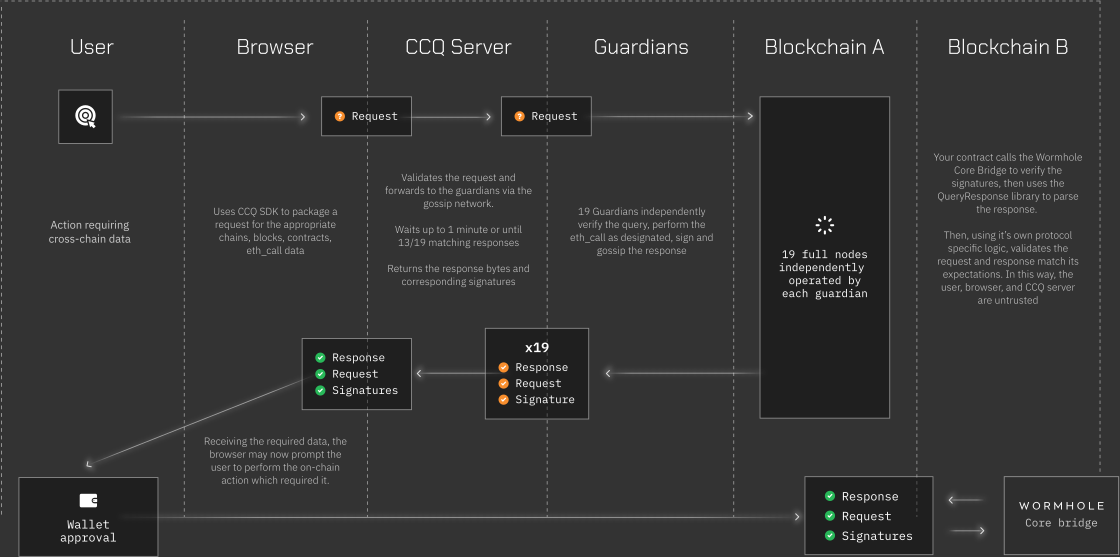
Wormhole Queries is a tool that facilitates on-demand querying of blockchain data. It provides developers with access to on-chain information and serves as an infrastructure component that improves the efficiency of data retrieval and processing on the blockchain.
Wormhole Gateway
Wormhole Gateway is a Cosmos-based appchain that connects liquidity within the Cosmos ecosystem to Ethereum and other blockchains. It operates at the infrastructure layer, providing the underlying framework for interoperability between different blockchain networks.
Native Token Transfers
Native Token Transfers is a framework that enables seamless transfers of tokens across supported blockchains without the need for separate liquidity pools. It operates at the infrastructure layer, providing the foundational infrastructure for cross-chain token transfers.
In conclusion, the Wormhole ecosystem, with its two-layer architecture, offers a comprehensive suite of products that cater to both end-users and developers. By simplifying interactions with blockchain technology and fostering interoperability, the Wormhole ecosystem is paving the way for a more accessible and interconnected blockchain future.
Case Studies: Successful Implementations of Wormhole
Pyth Network: Pyth Network is a large financial oracle solution that delivers real-time market data to over 25 blockchains. They faced a challenge when they wanted to provide the best-in-class pricing feed data for all assets across all chains1. Building this on a chain-by-chain basis would require lots of time, money, and effort.
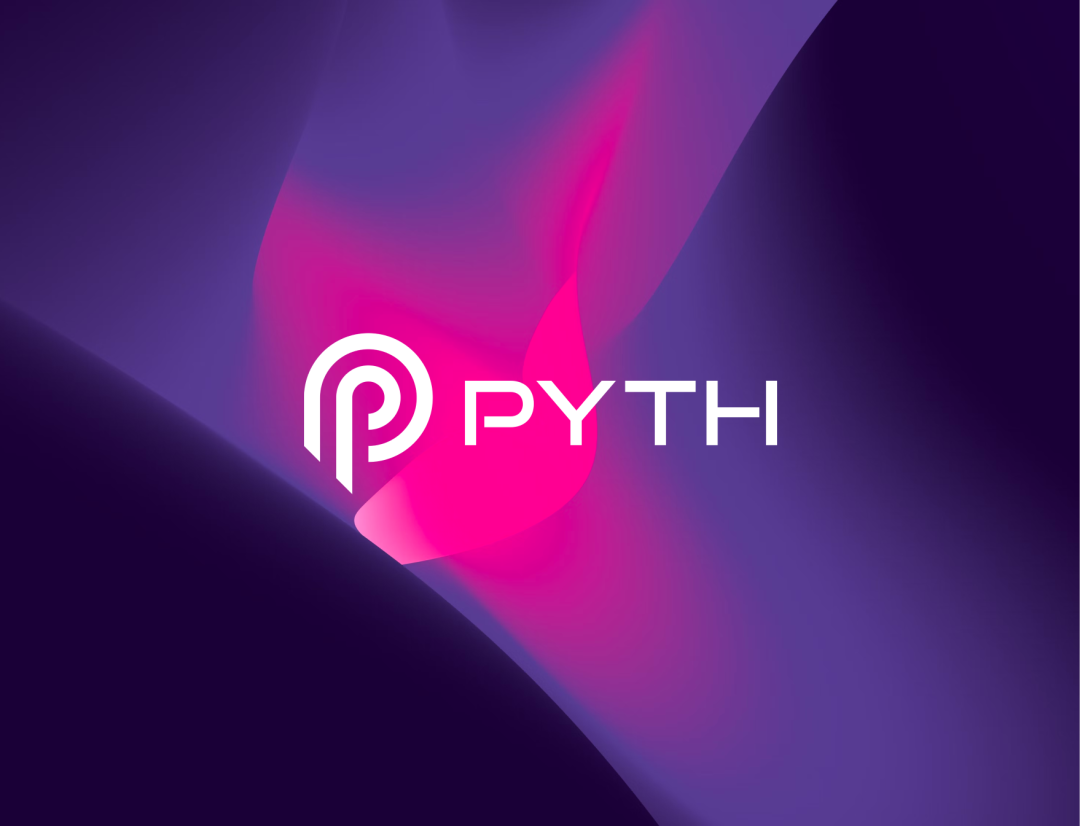
To overcome this, Pyth used Wormhole Messaging to write a single smart contract and deploy it across every Wormhole-connected chain. This allowed them to share price feed data across networks using cross-chain messages. As a result, Pyth was able to:
Expand to new networks and chains faster than other oracles.
Publish 1.9M aggregated price updates per day across 32 chains and 6 runtimes.
Capture key customers like Synthetix (on Optimism) and Ribbon Finance (on Ethereum).
Secure 48% of all DEX trading within the first 8 months.
2. Synonym: Synonym aimed to address the challenge of an underdeveloped multichain lending market. Existing solutions often lacked flexibility, security, and ease of use.
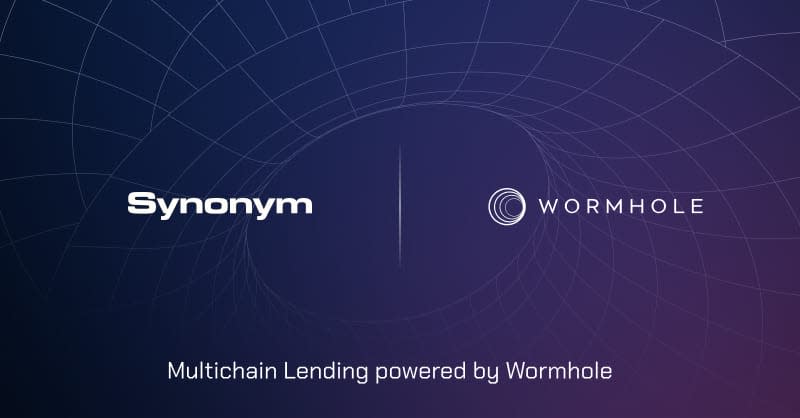
Synonym harnessed the power of Wormhole’s multichain technology stack and Circle’s Cross-Chain Transfer Protocol (CCTP) to innovate in the multichain lending space. Wormhole’s technology enabled seamless and secure message transfers across chains, mitigating risks associated with centralized custodians and bridge hacks. Synonym’s integration with CCTP allowed for native USDC minting and burning, facilitating multichain liquidity pooling and reducing USDC fragmentation.
The implementation of Synonym’s multichain lending protocol led to a transformative lending and borrowing experience. Users benefited from a unified interface to borrow, repay, and withdraw across various chains, eliminating the need for multiple applications. The protocol’s true cross-collateralization allowed borrowing on destination chains using your source chain’s collateral. This architecture ensured a secure, seamless, and efficient multichain lending environment with unified liquidity.
These case studies demonstrate the transformative potential of Wormhole in bridging the fragmented Web3 landscape. By enabling seamless communication between different blockchains, Wormhole is paving the way for a more unified and interconnected Web3 ecosystem.
The Impact of Wormhole on Decentralized Finance (DeFi)

Decentralized Finance (DeFi) is a groundbreaking concept that is revolutionizing traditional finance by providing direct financial services without intermediaries. In this transformative landscape, Wormhole has emerged as a key player, significantly impacting the way DeFi operates.
Wormhole’s primary contribution to DeFi is its ability to bridge different blockchains, thereby enhancing interoperability and facilitating seamless cross-chain transactions. This is particularly important in DeFi, where assets and services are distributed across various blockchains. By enabling these disparate blockchains to communicate and interact with each other, Wormhole is effectively unifying the fragmented DeFi landscape. One of the significant impacts of Wormhole on DeFi is the enhancement of liquidity. In the DeFi space, liquidity is a critical factor that determines the efficiency and viability of financial services. However, due to the fragmented nature of DeFi, liquidity is often siloed within individual blockchains. Wormhole addresses this issue by enabling the free flow of assets across different blockchains, thereby pooling liquidity and enhancing market efficiency.
Another impact of Wormhole on DeFi is the democratization of financial services. Traditional financial systems are often characterized by barriers that exclude a significant portion of the population from accessing financial services. Wormhole, by enabling cross-chain transactions, lowers these barriers and extends the reach of DeFi services to a wider audience. This is particularly relevant in regions with a large unbanked population, where DeFi can provide access to financial services that were previously out of reach.
Furthermore, Wormhole’s impact on DeFi extends to fostering innovation and disrupting existing systems. By enabling cross-chain communication, Wormhole allows for the creation of new financial products and services that leverage the unique capabilities of different blockchains. This not only expands the range of services available in the DeFi space but also drives competition and innovation.
However, the integration of Wormhole into DeFi is not without challenges. Security concerns and the evolving regulatory landscape pose significant hurdles. Despite these challenges, Wormhole’s potential to transform DeFi is immense. By bridging the gap between different blockchains, Wormhole is paving the way for a more interconnected and efficient DeFi ecosystem.
Future Prospects: Wormhole and the Evolution of Web3
Wormhole’s ability to bridge different blockchains is not just innovative; it’s transformative. It heralds a new era of interoperability and collaboration in the blockchain space. By enabling seamless communication between different blockchains, Wormhole is paving the way for a more unified and interconnected Web3 ecosystem.
One of the key future prospects of Wormhole lies in its potential to become a key infrastructure for Web3 growth and cross-chain operations. Wormhole aims to build a space where the end user can move seamlessly between any two chains, without extra steps or attention. Cross-chain tokens and identities also mean more opportunities for account abstraction, where a user does not need to create a new wallet for each chain.
Wormhole’s technology means there are now tokens that can exist on several networks, with seamless transfers and locked liquidity. Wormhole itself recently launched its W token, available on some of the most high-profile Web3 networks. Wormhole’s W token is now natively multichain using the Wormhole Native Token Transfers (NTT) framework.
Wormhole is also adding new tokens with cross-chain mechanisms. Some of the recent additions can move between Solana and Arbitrum, two of the most active chains for decentralized apps. The activity of Wormhole varies, but the protocol showed an inflow of transactions in Q1, 2024. In the past 90 days, Wormhole also went through activity spikes, with thousands of cross-chain transactions each day.
Moreover, Wormhole and Borderless Capital are offering grants to developers who want to create cross-chain features and products. The grant program is open for application now and will distribute a total of $50M in locked liquidity. This initiative not only incentivizes innovation but also attracts talent to the Web3 space, thereby driving its growth and development.
Conclusion
The significance of Wormhole lies in its ability to bridge the gap between different blockchains. This is a groundbreaking innovation that addresses one of the most significant challenges in the Web3 landscape — fragmentation. By enabling seamless communication between disparate blockchains, Wormhole is effectively unifying the Web3 landscape, paving the way for a more interconnected and collaborative digital ecosystem.
Wormhole’s impact extends beyond just bridging different blockchains. It is democratizing access to financial services, fostering innovation, and driving the growth of Decentralized Finance (DeFi). By enabling cross-chain transactions, Wormhole is lowering barriers to entry and extending the reach of DeFi services to a wider audience. This is particularly relevant in a world where traditional financial systems often exclude a significant portion of the population.
Moreover, Wormhole is fostering innovation and disrupting existing systems. By enabling cross-chain communication, Wormhole allows for the creation of new financial products and services that leverage the unique capabilities of different blockchains. This not only expands the range of services available in the DeFi space but also drives competition and innovation.
Looking ahead, the potential of Wormhole in the evolution of Web3 is immense. As the Web3 landscape continues to evolve, the role of Wormhole is set to become increasingly significant. Its ability to bridge different blockchains has far-reaching implications, from enhancing liquidity and democratizing financial services to fostering innovation.
In a Nutshell, Wormhole is more than just a protocol; it’s a transformative force that is shaping the future of the Web3 ecosystem. Its ability to bridge the gap between different blockchains is not just innovative; it’s transformative. As we move forward into the era of Web3, the significance of Wormhole in creating a more connected and unified digital ecosystem cannot be overstated. It is paving the way for a new era of interoperability and collaboration in the blockchain space, heralding a future where the full potential of Web3 can be realized.

RESOURCES:
https://www.cryptopolitan.com/how-wormhole-key-for-web3-growth-cross-chain/.
https://obrinders.medium.com/wormhole-bridging-blockchains-for-seamless-interactions-3f33e513169e.
https://academy.shrimpy.io/post/wormhole-bridging-the-gap-between-blockchains.
https://knowledge.wharton.upenn.edu/article/opportunities-dangers-decentralizing-finance/.
https://insights2techinfo.com/evolution-of-the-web-3-0-history-and-the-future/.
https://techxplore.com/news/2024-03-unveiling-future-comprehensive-web3-revolutionary.html.
Subscribe to my newsletter
Read articles from Rythme Nagrani directly inside your inbox. Subscribe to the newsletter, and don't miss out.
Written by
